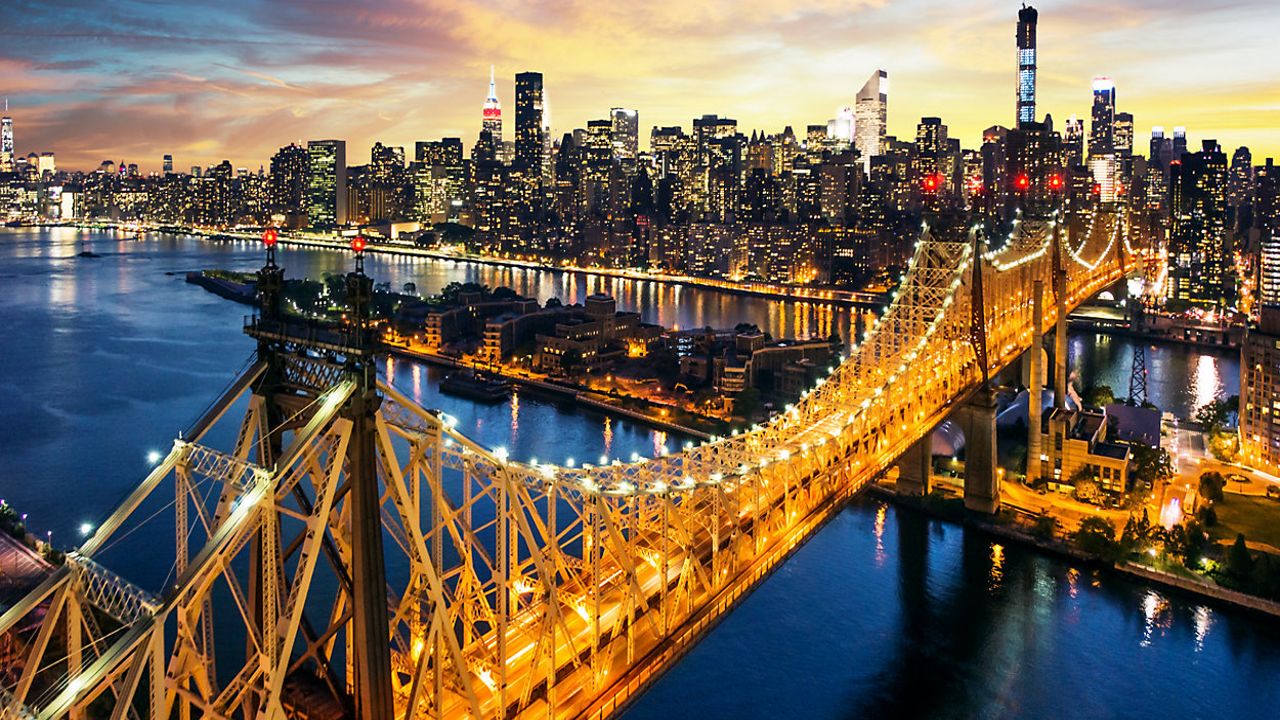A new report by the state's Department of Environmental Conservation shows that sea levels could rise by more than a foot in some areas around the city in a decade or less. It comes after a recent federal survey shows the city is sinking under the weight of its heavy buildings.
None of it is welcome news for property owners in flood zones.
"When he opens up the manhole you should see all the debris in the bottom: the sand, weed, everything growing up in the bottom there," said Gloria Burnett. "So this is why we still having this problem with all this water."
More than 11 years after Hurricane Sandy and Burnette said she is still dealing with flooding in her Far Rockaway house on Beach 13th Street, which began after Sandy struck.
The flooding may get worse if the predictions in a new report by the state's Department of Environmental Conservation are true. It shows climate change could cause sea levels around the city to rise up to nine inches in some areas and perhaps more than a foot in others by the 2030s.
The report also found levels closer to the lower part of the Hudson River could rise nearly double that amount by the 2050s and rise by nearly four times by the 2080s.
"If it's a problem now, can you imagine what's going to happen then?” said Burnett, whose home is not a new structure. It has been in her family for more than 60 years.
The New York City Panel on Climate Change released similar findings earlier in the year, indicating that sea levels surrounding the city could rise more than a foot by the 2030s.
According to the U.S. Department of the Interior, aside from flooding, sea level rise can also damage the surrounding ecosystem and increase coastal erosion.
"It's going to get worse because all the sand is coming from the beach down here," said Linda Bowman, who lives next door to Burnett. "If you were outside and looked in the pipes you would see nothing but sand. Sand, sand, sand."
Bowman, has also been fighting flooding in her home of 30 years since Hurricane Sandy hit.
"All these houses, every house on this side of the street floods," she said.
Both women said they've spent thousands of dollars on flood-related costs since Sandy and are worried storm damage will become a more frequent financial toll.
"You know how many times I was crying on the phone with 311 with this problem?” Burnett said. "I tell them it's getting too much for me, I can't handle it."
The DEC said sea level rise is the most direct and obvious effect of climate change in New York. It's caused by warming ocean temperatures, which happens through an increase in the volume of ocean water as it warms, and through the melting of land-based ice glaciers.




%20Pkg%20Sea%20Level%20Surge%20CG_129116055_184?wid=320&hei=180&$wide-bg$)




